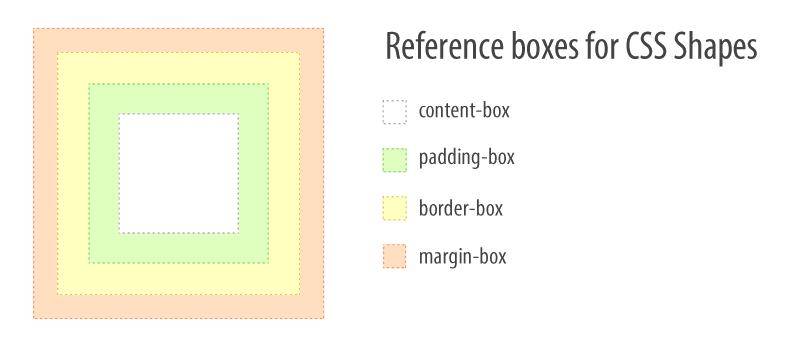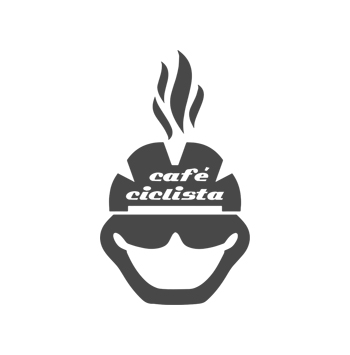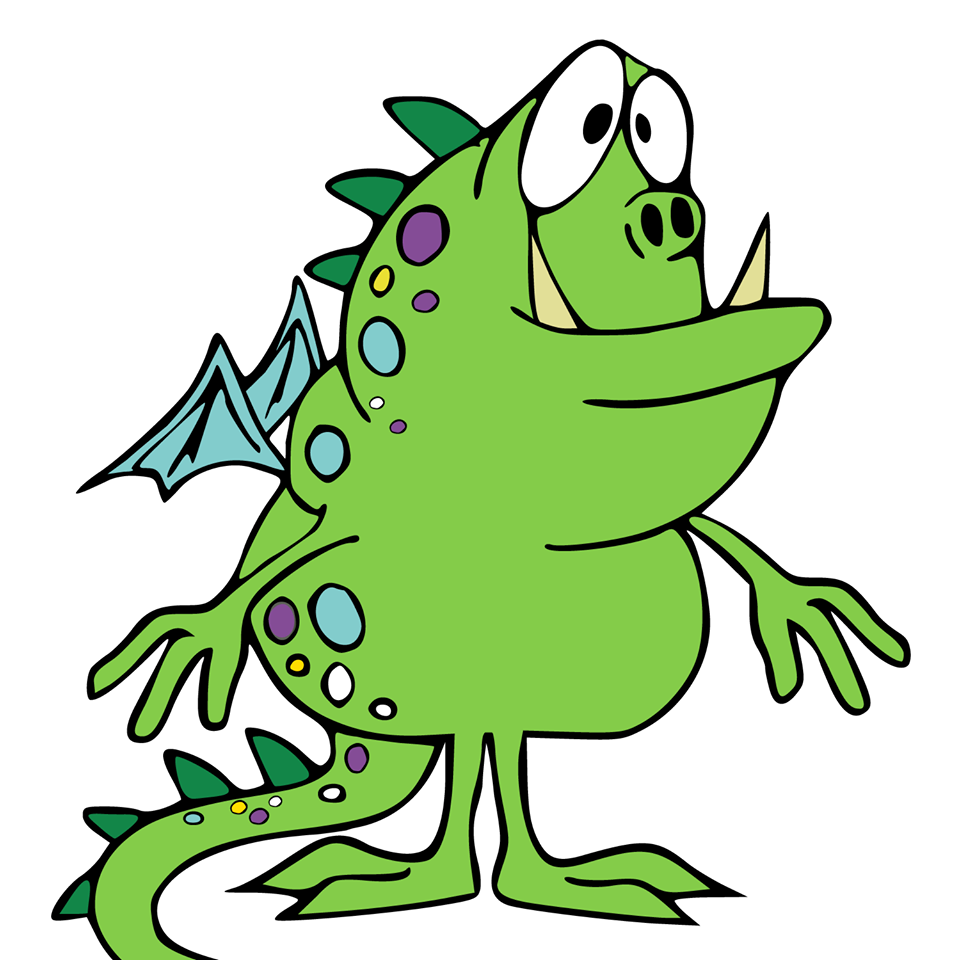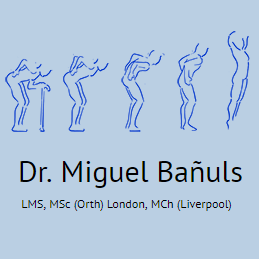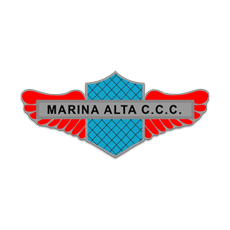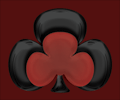The CSS shape() function is a powerful tool in the arsenal of modern web design, enabling developers to create crisp CSS shapes that enhance the visual appeal of their projects. By utilizing clip-path properties, designers can easily define intricate shapes that go beyond traditional rectangles and circles, allowing for more captivating layouts. In this series, we delve into advanced CSS shapes, demonstrating how to leverage the shape() function effectively. Whether you’re looking for CSS design tips or exploring CSS animation techniques, understanding the shape() function opens doors to innovative design possibilities. With its ability to define complex shapes with precision, it’s an essential element for any serious front-end developer.
In the evolving world of web design, the shape() functionality stands as a significant advancement, allowing for a range of geometric expressions that elevate your project’s aesthetics. This technique, closely related to the concept of cutting-edge clip-path directives, empowers designers to craft visually appealing structures without the constraints of conventional forms. Beyond merely creating shapes, it plays a critical role in enhancing user experience by providing dynamic visuals that engage users more effectively. As you delve deeper into CSS design, embracing this functionality offers numerous CSS animation techniques, setting your work apart in a competitive digital landscape. Ultimately, mastering these concepts not only improves your design repertoire but also fosters creativity and innovation in your web projects.
Understanding the Close Command
In this installment, we dive into the intricacies of the close command within the CSS shape() function. While at first glance it might seem unnecessary, given that the browser can automatically close shapes, the close command serves an essential purpose in defining the endpoint of a shape explicitly. It’s a fascinating aspect of design as it allows complete control over how a shape is formed, offering not only clarity in code but also ensuring that there are no hidden gaps in graphic representations. Such insight can prevent potential layout problems that may arise during intricate designs.
Using the close command can become crucial when working with more complex shapes. For example, consider creating multi-faceted graphics that rely on precise geometry. By adding a close command, you dictate definitively where the shape’s path concludes, eliminating ambiguity. Even if we don’t always need it, its utility speaks volumes when constructing sophisticated interfaces where every pixel matters.
The Move Command: Creating Non-Continuous Shapes
Transitioning to the move command, we discover a game-changer for complex designs that require multiple distinct shapes within a single definition. The move command essentially facilitates the ability to jump between drawing different segments without linking them together. This becomes particularly handy when crafting compositions that feature various styles or multiple elements that stand alone, all neatly arranged in one cohesive clip-path.
For instance, if you’re trying to create a striking visual that includes disjointed triangles, the move command allows you to effortlessly transition from one triangle to another. This command not only saves time but also cuts down on the complexity of managing numerous clip-path definitions throughout your CSS.
Practical Applications: Cut-out and Repetitive Shapes
When it comes to practical applications, the opportunities with the close and move commands are vast. Take, for example, the creation of cut-out shapes, which can transform mundane designs into captivating visuals. By manipulating your shapes with these commands, you can easily create exciting dynamics that take your design to the next level. This approach opens up a realm of endless creativity, especially when designing logos or graphics that require more than just traditional geometric shapes.
Moreover, consider the potentially repetitive nature of some designs. By utilizing the move command alongside relative positioning with the by directive, you can effortlessly repeat shapes without redundant coding. This method not only enhances the efficiency of your codebase but also simplifies adjustments when alterations are necessary, making for a streamlined approach to web design.
Simplifying Complex Shapes
One of the significant advantages of using the shape() function is how it simplifies the creation of complex visuals. By understanding and properly using the close and move commands, designers can create intricate patterns and shapes while keeping their code manageable. This becomes essential, especially when building modern web applications that demand aesthetics alongside functionality.
With the flexibility provided by these commands, the designs can evolve as you play with them. Whether you’re constructing dynamic interactive graphics or building static designs, the knowledge and versatility of shape() drastically enhances your toolkit as a developer or web designer. Ensuring every shape is well-defined through these commands allows for easier troubleshooting and modifications down the road.
Conclusion: Embracing the Power of shape()
As we conclude this fourth segment in our series, it’s crucial to reiterate how simple yet powerful the close and move commands are. They may not seem essential at first glance, but their implications stretch far beyond initial appearances. By grasping their capabilities, developers can tap into a new dimension of creativity and precision when designing web interfaces.
Ultimately, the shape() function becomes not just a tool but an ally in the quest for beautiful, functional, and responsive design. Embracing these commands can lead to exciting new possibilities in crafting visually appealing layouts that resonate with users on all platforms. Stay tuned for the next installments, where we will explore even more innovative ways to utilize CSS shape()!
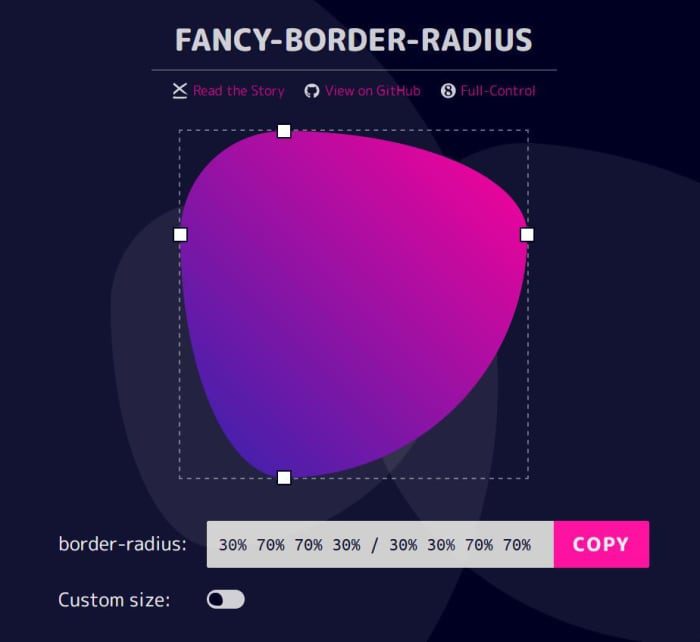
Summary of Key Points
In this final part of the CSS shape() function series, we explored the significance of the ‘close’ and ‘move’ commands. While they may appear simple, their ability to create distinct shapes within a single definition is quite powerful. The ‘close’ command formally closes paths that might otherwise be implicitly closed by browsers, allowing for more precise control when constructing complex shapes. Conversely, the ‘move’ command facilitates the creation of non-contiguous shapes, enabling designers to draw multiple shapes in a single clip-path declaration without redundancy.
Through example code, we demonstrated how these commands could effectively create cut-out shapes and repetitive patterns. By combining repeated commands with the use of CSS variables, developers can maintain clean and efficient code, furthering the visual possibilities achievable with CSS shape(). These enhancements in CSS capabilities represent a step toward more dynamic and intricate web design.
Final Thoughts
As we conclude this chapter on CSS shape(), it’s clear that mastering the ‘close’ and ‘move’ commands can significantly expand your use of the clip-path property. Understanding these functionalities may take some time, but the potential they offer for creating unique and compelling designs is worth the effort. The flexibility of combining shapes and avoiding code duplication paves the way for more sophisticated web layouts and user interfaces.
Moving forward, integrating these techniques into your workflow can enhance both your design capabilities and efficiency. I encourage you to experiment with these commands in your projects, create dynamic graphics, and push the boundaries of what’s possible with CSS. As the web evolves, embracing such advancements will keep your skills sharp and your designs fresh.

